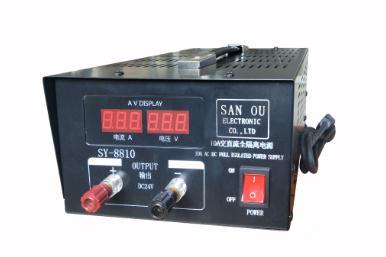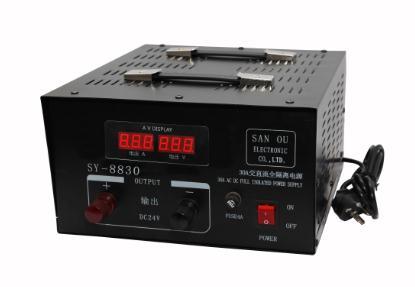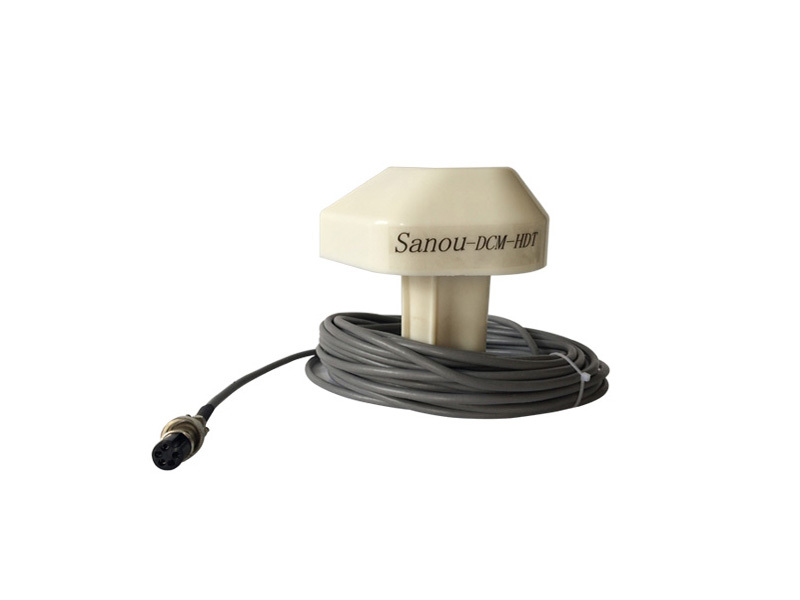News Center
Understanding the Importance of Rudder Angle Feedback Devices in Electrical Safety Systems
At its core, a rudder angle feedback device works by converting the physical position of a rudder into an electronic signal that can be interpreted by control systems. This process involves using sensors and potentiometers that measure the angle of the rudder and relay this information to the vessel’s control systems or monitoring alarms. The real-time data allows operators to make informed decisions, ensuring that the vessel responds accurately to navigational commands and maintains stability.
In the realm of electronic safety alarm systems, the integration of rudder angle feedback devices can significantly enhance operational safety. For instance, in automated or remote control systems utilized in industrial applications, having precise rudder angle information contributes to better maneuverability and prevention of accidents. Such systems can trigger alarms if the rudder is not responding as expected, alerting operators to potential issues before they escalate.
Moreover, the use of rudder angle feedback devices can lead to increased efficiency in energy consumption. Accurate feedback on rudder positioning allows for more effective control of propulsion systems, enabling vessels to optimize their speed and heading. This not only improves operational efficiency but also contributes to reduced wear and tear on mechanical components, thereby extending the lifespan of the equipment.
Another significant benefit is the role of these devices in feedback loops for automated control systems. By providing ongoing data about rudder positioning, they enable adaptive control strategies that can adjust to changing conditions, such as wind and water currents. This adaptability is essential for maintaining safety across various operational scenarios, further illustrating the importance of integrating rudder angle feedback devices into electronic alarm and safety systems.
In conclusion, rudder angle feedback devices serve as vital components in enhancing safety and efficiency in electrical and electronic systems. Their ability to provide real-time positioning data not only aids in navigation but also bolsters the reliability of safety alarm systems. As industries continue to evolve, the role of such devices will undoubtedly become even more integral to ensuring operational effectiveness and safety. Embracing this technology is a step toward a safer and more efficient future in various applications.
Related News
Understanding the Benefits of a 1 in 4 Out Signal Distributor for Electronic Components
Understanding the Benefits of a 1 in 4 Out Signal Distributor for Electronic Components Table of Contents 1. Introduction to Signal Distribution 2. What is a 1 in 4 Out Signal Distributor? 3. Key Advantages of Using a 1 in 4 Out Signal Distributor 3.1 Enhanced Signal Integrity 3.2 Improved Signal Distribution Efficiency 3.3 Flexibility in System Desi
Understanding the 1 in 10 Out Signal Distributor: A Key Component in Optoelectronic Applications
A 1 in 10 out signal distributor is a specialized electronic device that takes a single input signal and replicates it across multiple output channels—in this case, ten outputs. This function is crucial in various applications, including telecommunications, broadcasting, and data transmission systems. The ability to distribute a single signal to multiple outputs ensures that information can reach
Unlocking the Benefits of the Furuno 1831 Radar with a Quality 24 Pin Square Plug
Unlocking the Benefits of the Furuno 1831 Radar with a Quality 24 Pin Square Plug Table of Contents 1. Introduction to Furuno 1831 Radar 2. Key Features of the Furuno 1831 Radar 3. Advantages of Using a Quality 24 Pin Square Plug 4. Installing the Furuno 1831 Radar with a 24 Pin Square Plug 5. Maintenance Tips for Optimal Performance 6. Troubleshooting Common




